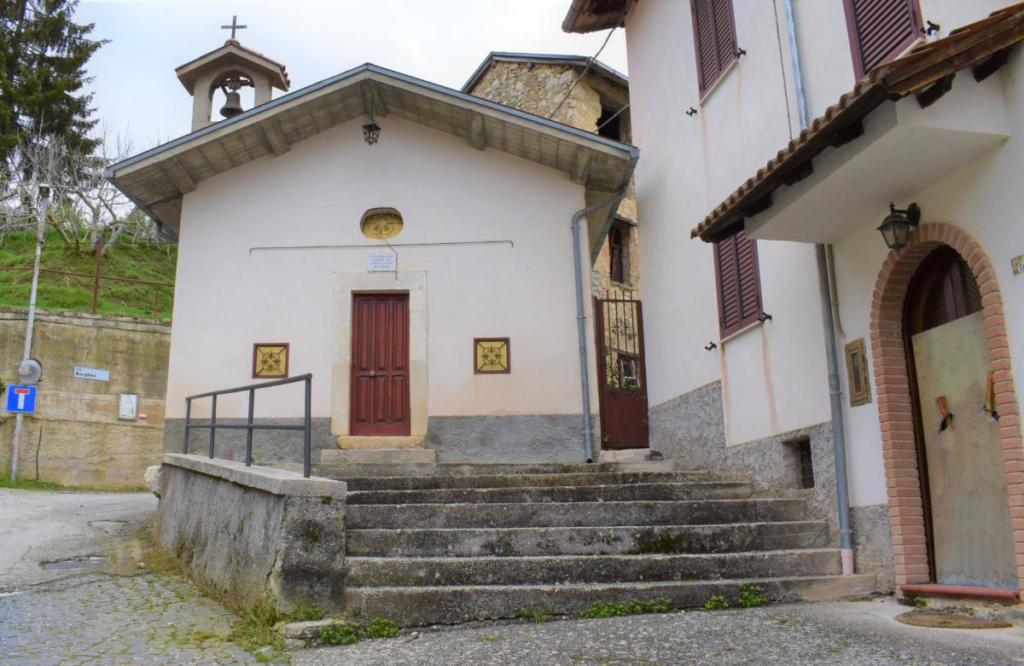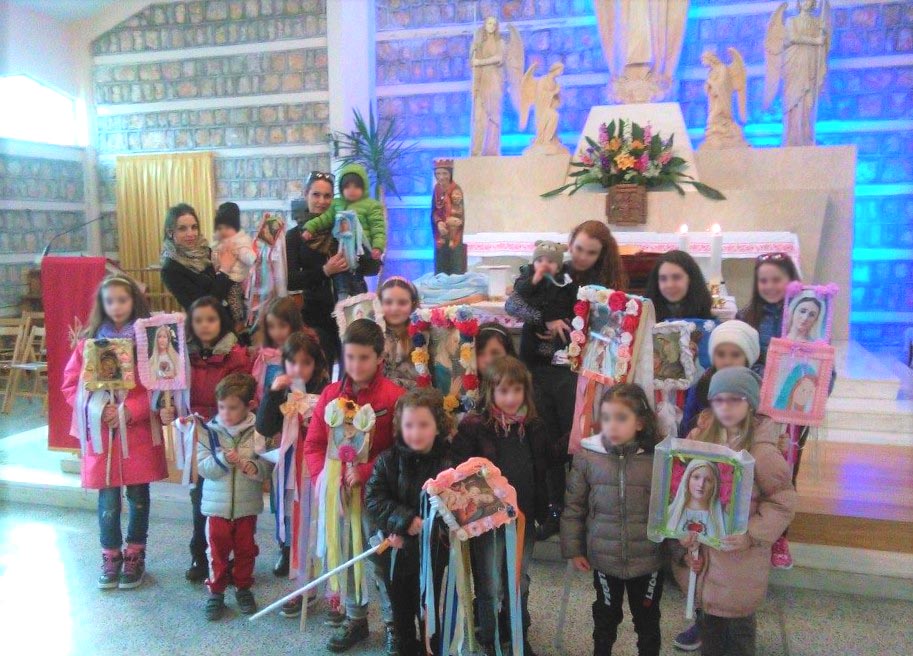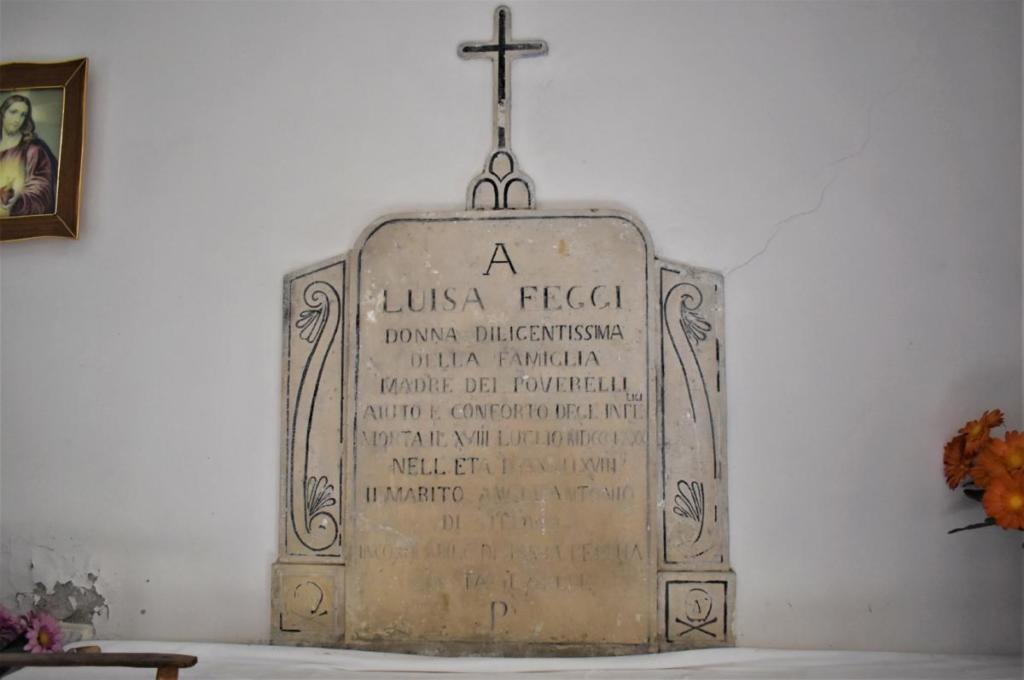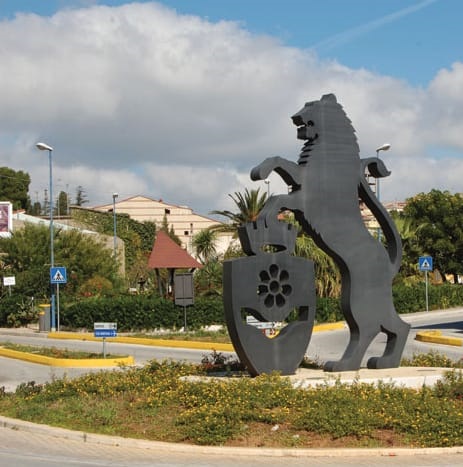The history of the name of our town, Sante Marie, takes us back to the bull of the bishop of the Marsi Pandolfo who, already in 1057, mentions "Altura Sanctae Mariae" perhaps for our position at 1,000 meters above sea level.
Many popular beliefs, however, attribute the particular name of Sante Marie to the fact that in our town there were many churches dedicated to the Madonna. With various titles but always revered with much devotion and with traditional village rites.
One of these dates back to many years ago: it is the "Procession of the Madonnelle" on 25 March, the day on which the church celebrates the Annunciation of Our Lady to motherhood.
On this day, tradition has it that all the women of the town, old, young and young, attend "The Seven Churches" while the men go to "The Seven Cellars".
[caption id="attachment_115743" align="center-block" width="750"] Picture by Marta Lattanzi[/caption]
Picture by Marta Lattanzi[/caption]
The procession starts from the church of San Quirico, where our town was previously located, and stopping in all the churches and chapels arrives at the church of the Imaginuccia, just north of Sante Marie. During the journey all the mysteries of the rosary are recited and Marian hymns and songs are sung.
The most important aspect of this custom was that each woman carries a picture of the Madonna or other Saints decorated in the best possible way with coloured ribbons, paper flowers and other decorations.
The same paintings that women brought and still bring from the annual pilgrimage to the Holy Trinity in Vallepietra.
The women use all their creativity in making tissue paper flowers held together with wire to decorate the squares that are tied to a wooden stick.
During the procession the priest first goes first then the young girls, the older girls and finally the women who take turns to carry the larger paintings of the Madonnelle.
It is truly striking to see these myriads of colours that adorn the squares and ribbons that fly through the air when the wind blows.
The procession ends in the church of the Immaginuccia, a small chapel whose construction dates back to the mid-1600s, where mass is celebrated.
[caption id="attachment_115746" align="center-block" width="750"] Picture by Marta Lattanzi[/caption]
Picture by Marta Lattanzi[/caption]
Some elderly people of the town reported that it was a noblewoman from the town, Luisa Feggi, who owned many land holdings, including the one she donated for the "Immaginuccia" church, to build this church.
Before dying, this woman wrote that she wanted to be buried near the altar of the Madonna and so it was.
His desire is testified by a plaque in the church. In the altar there is also a painted terracotta statuette depicting the Madonna and Child, and is said to be the protector of people suffering from high fever.
A curious story
In ancient times poor families did not have a painting to carry in this procession so there were those who made do as they could.
A woman said that not having one for her little girl, she took a spoon used to turn the polenta, on one side she glued a small image of the Madonna, some wildflowers and this satisfied her little girl.
Local Proverb
Some elderly people said that on the day of the "Madonnelle" while women went to the "Seven Churches" men went to the "Seven cellars".
In fact, while the women visited and prayed to the Madonna, the men gathered in the taverns or in the Fraschette, which were the cellars where the owners who had produced a lot of wine sold it to friends.
In the evening they were all tipsy and sparkling and hence the popular saying:
"On March twenty-five women are refreshed in the Marian spirit, while men rejoice in honour of the god Bacchus".
And if you have drunk enough and want to stay the next day, you can take the opportunity to go and look for the treasure in the Grotta di Peschio Rossi along the bandits' path.
Cover picture by Marta Lattanzi








Follow us